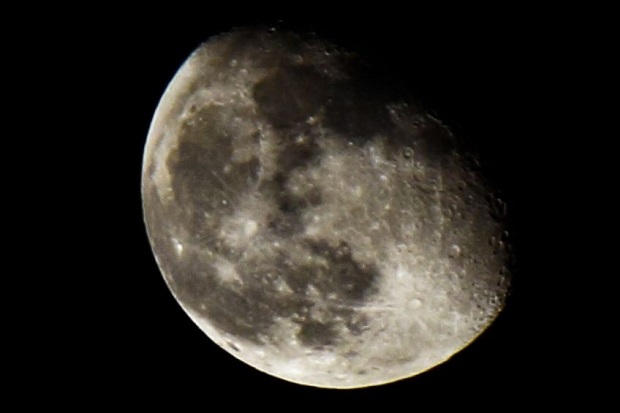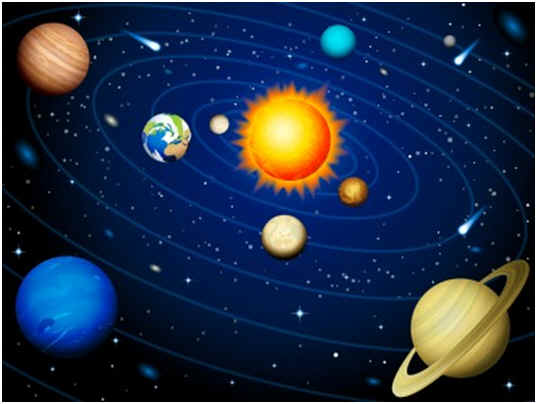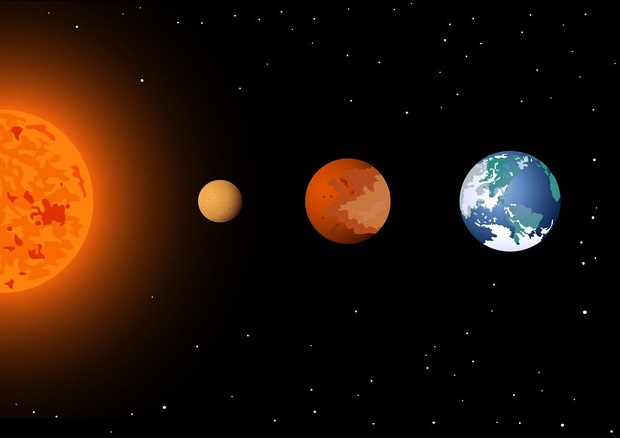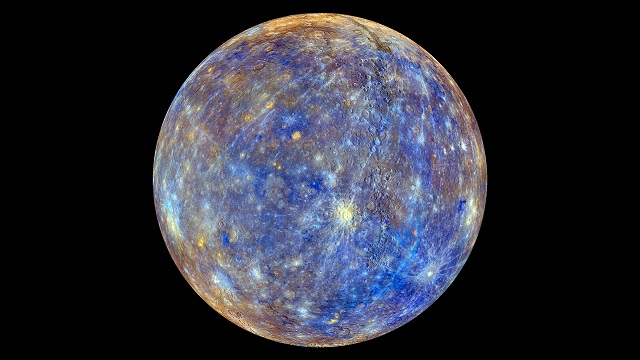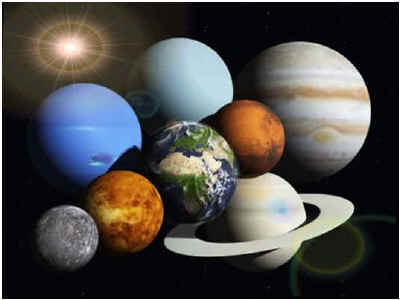
Does Mercury Rotate?
Mercury does rotate. Mercury rotates three times for every two orbits around the sun. Mercury’s rotational speed is such that one day on Mercury is approximately 58.6 days on Earth.
Planet Mercury
Mercury is the closest planet to the sun in our solar system. It averages 0.39 Astronomical Units from the sun. As a reference, one Astronomical Unit is the average distance between the sun and the Earth. The planet is named after the swiftest of the Roman gods. This is appropriate due to Mercury’s high orbital speed around the sun. It takes approximately 87.97 days on Earth for Mercury to completely orbit the sun.
Is Mercury In A State of Tidal Lock?
Mercury’s high orbital speed and close proximity to the sun caused many astronomers to think Mercury was in a state of a tidal lock with the sun. In 1965, a radar Doppler spread discovered that Mercury wasn’t truly in tidal lock with the sun. It only appeared so because Mercury rotated three times for every two orbits around the sun. This unusual ratio between rotational and orbital speeds caused the same face of Mercury to be facing Earth each time it was observable, causing astronomers, for centuries, to think Mercury was in tidal lock with the sun. Mercury’s rotational speed is such that one day on Mercury is approximately 58.6 days on Earth.
What is a “Tidal Lock?”
A tidal lock is a condition where an orbiting body’s speed and rotation rate cause one side to always face the object it is orbiting. The orbital and rotational speeds are said to be in a ratio of 1:1. For example, the moon is in tidal lock with the Earth. The moon doesn’t appear to rotate when you are standing on the Earth. If you were standing on another planet, the moon presents different sides and appears to rotate as fast as it is orbiting the Earth.
